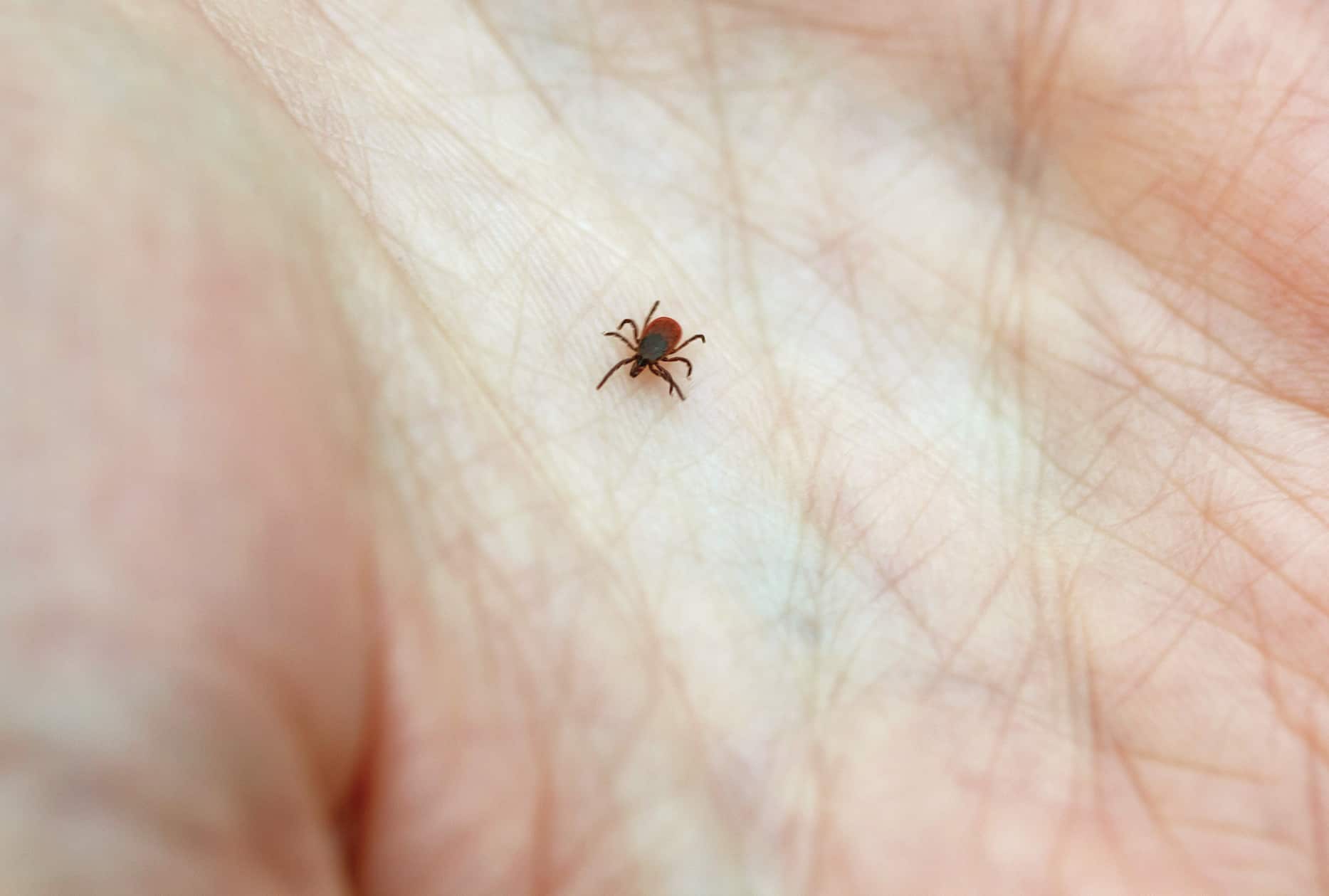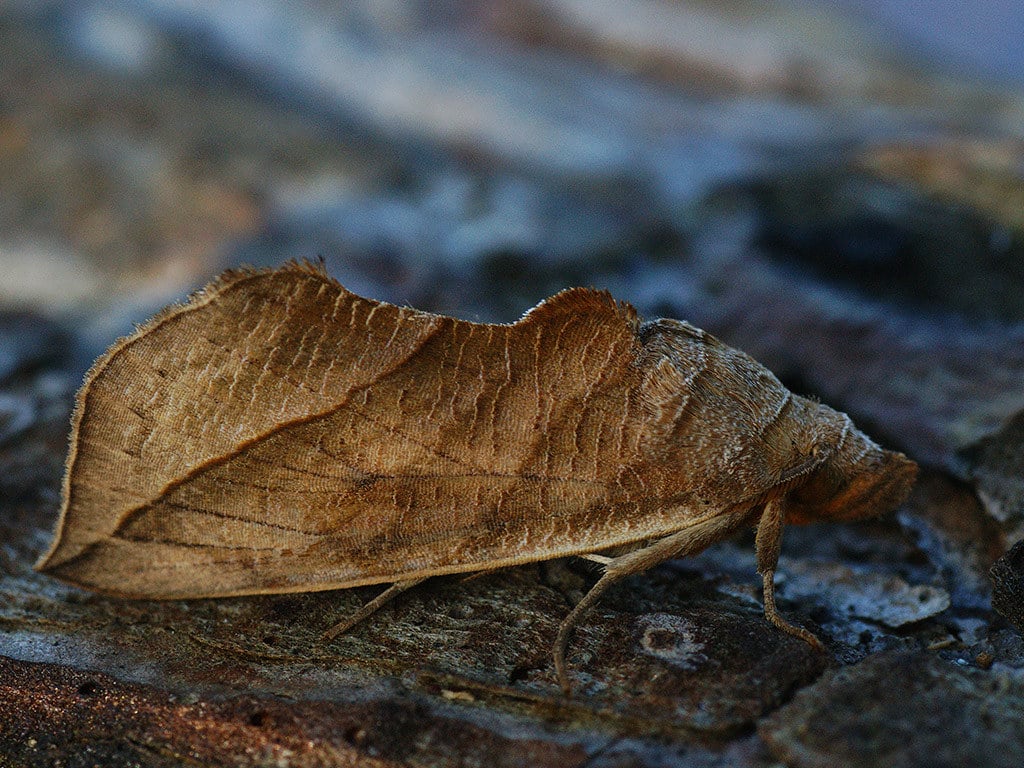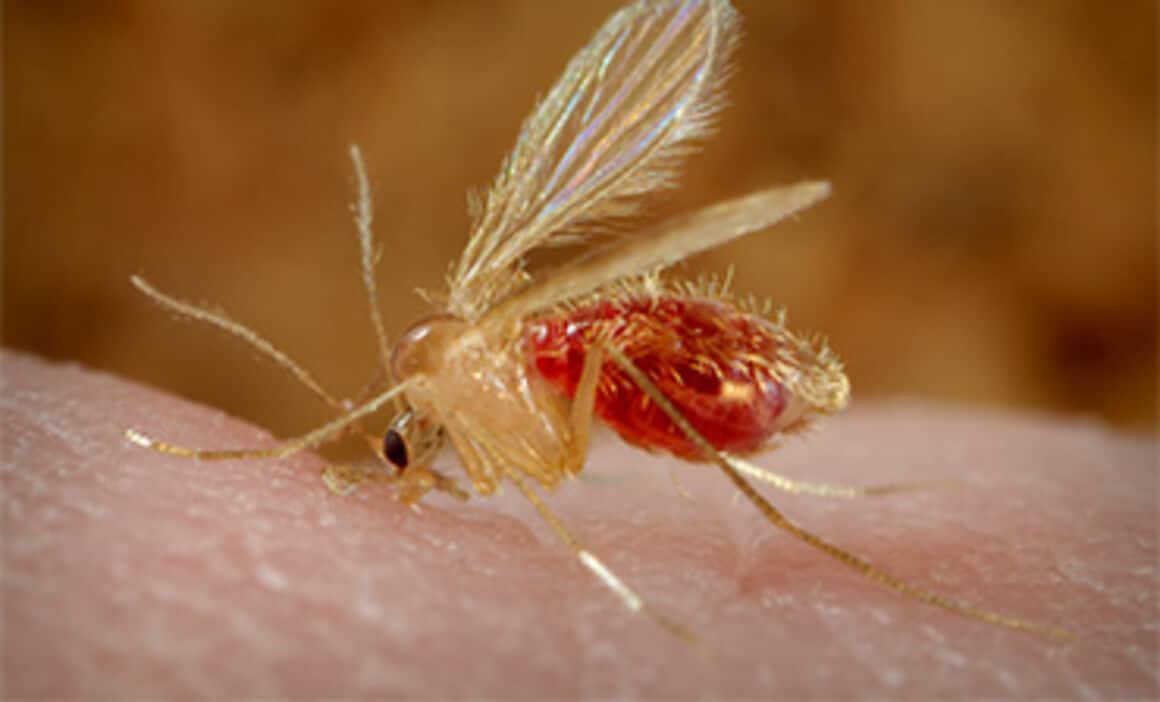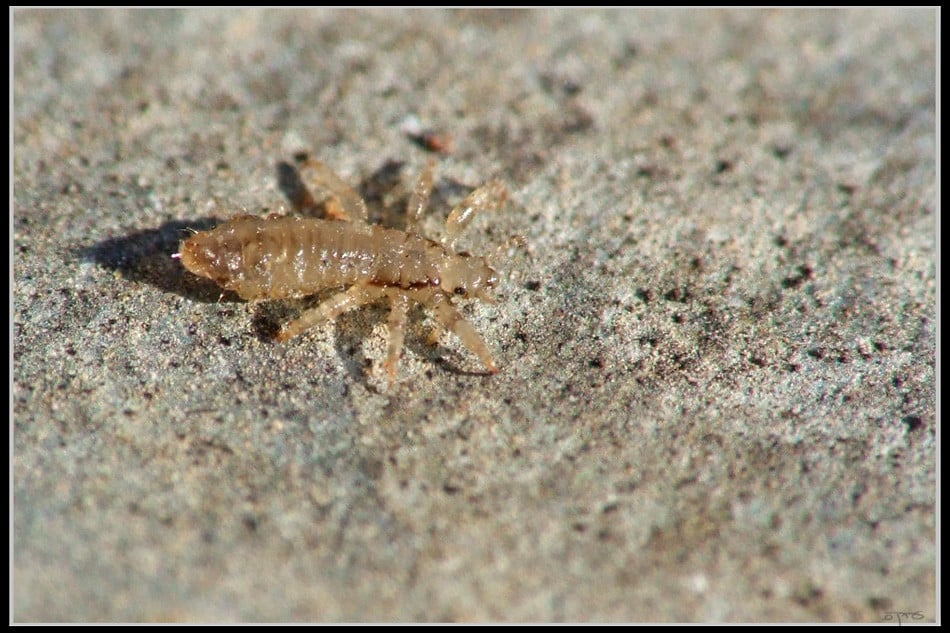Insects are generally known to be the pests of the garden and home as they suck our blood while we are sleeping.
But there are a few species that drink blood. However, this article looks at the types of insects that drink blood.
What are Insects?
An ancient class of creatures is insects. By the Carboniferous period (360–285 million years ago).
The earliest insects had likely already appeared before the Devonian period (400–350 million years ago).
Insects are arthropods with segmented bodies, jointed legs, and a hard exoskeleton. They are the largest group of animals on the planet, with over a million known species.
You can find Insects in every habitat on Earth, from the coldest tundra to the hottest desert.
They play an essential role in the food chain as predators and prey. Insects also play a vital role in pollination and the spread of diseases.
Types of Insects That Drink Blood
Below are the names and features of types of insects that drink blood.
1. Bed Bugs
Bed bugs are one of the many types of insects that drink blood. They are small, reddish-brown insects that feed on the blood of humans and animals.
These insects are often found in mattresses, bedding, and furniture. You can also see them in cracks and crevices in walls and floors.
Bed bugs are a nuisance and can cause itching and irritation. They can also transmit diseases like Chagas disease through their bites.
How to Identify Bed Bugs and Get Rid of Them?
Bedbugs may enter your home through clothing, worn beds and couches, and other goods.
They don’t build nests like ants and bees. Instead, they prefer to dwell in colonies in concealed spaces.
They frequently stay in Mattresses and bed frames where they first hide since they provide easy access to prey for nighttime biting.
They might, however, disperse across the bedroom and hide in any nook or safe place. Additionally, they might spread to neighboring homes or flats.
Chemical treatments are typically necessary to get rid of them. Use items that you can use safely in bedrooms.
The prescription is because treating your bed and bedroom with insecticides can be detrimental.
If the label does not clearly state that you can use it on bedding, do not treat mattresses or bedding.
Employing a skilled pest control specialist for bedbug removal is typically the safest and most efficient option.
2. Asian Tiger Mosquito

Many insects drink blood, but the Asian tiger mosquito is one of the most common.
You can find this mosquito in many parts of Asia; they know it for its ability to carry and transmit diseases.
The Asian tiger mosquito is a significant vector of dengue fever and chikungunya. It can also transmit other diseases like the West Nile virus and malaria.
In recent years, the Asian tiger mosquito has spread to other parts of the world, including the United States, where it is now found in many states.
This mosquito is a severe public health concern because of its ability to transmit diseases to humans.
Prevention and Control of Asian Tiger Mosquito
The Asian tiger mosquito (Aedes albopictus) is native to Southeast Asia but has now spread to many other parts of the world.
This mosquito is a vector for many diseases, including dengue fever, chikungunya, and the Zika virus.
There are many ways to prevent and control this mosquito, including:
- Eliminating breeding sites: This will help because this mosquito lays its eggs in standing water.
- Use of insecticides: Applying an insecticide to potential breeding sites can help kill the mosquitoes before they can lay their eggs.
- Personal protection: Wearing long sleeves and pants, using mosquito netting, and applying insect repellent can help reduce the risk of mosquito bites.
- Community-wide efforts: Coordinated efforts to reduce breeding sites and protect people from bites can effectively mitigate this mosquito population.
3. Mosquitoes

Mosquitoes are also one of the types of insects that drink blood.
There are over 3,500 species of mosquitoes across the globe, and many of them drink blood. It’s one of the things that mosquitoes are most famous for!
When a mosquito bites, it injects a small amount of saliva into the victim’s skin.
This saliva contains proteins that prevent the blood from clotting, allowing the mosquito to drink its fill.
While most people consider mosquitoes a nuisance, they are essential in many ecosystems.
For example, they are a significant food source for many animals, including bats, dragonflies, and birds. They also help to pollinate plants.
So, while mosquitoes may not be the most popular insects, they play an essential role in nature.
Prevention and Control of Mosquitoes
There are a few things you can do to get rid of mosquitoes. One is to drain any standing water in your yard, as mosquitoes will lay their eggs in stagnant water.
You can also use a mosquito repellent, spray, or a lotion to keep them away.
Finally, you can install mosquito netting around your porch or patio to keep them from getting to you in the first place.
4. Fleas

Fleas are little insects among the types of insects that drink blood.
Eight adult fleas arranged end to end might fit inside one inch. It shows why they are challenging to see and find in your home.
You’ll notice that mature fleas have reddish-brown bodies with crushes. Despite lacking wings, fleas can jump incredibly high.
Fleas can readily hop from ground level to surprise your pet with an 8-inch vertical leap.
Female fleas typically consume roughly 15 times their body weight in blood each day.
1 Fleas produce partially digested blood, often known as flea filth, which flea larvae feed on as they grow.
Veterinarians and pet owners may easily spot an infestation using this flea dirt.
How to Get Rid of Fleas
There are a few things you can do to get rid of fleas. One is to vacuum regularly. The vacuum will pick up any fleas that are in your home.
Another thing you can do is to use a flea spray. Using this will kill any fleas that are in your home.
You can also use a flea bomb. The bomb will kill all of the fleas in your home.
5. Tick

Ticks are blood-sucking insects that are closely related to spiders.
They are usually found in wooded or grassy areas and attach themselves to animals or humans to drink their blood.
They can transmit diseases to their hosts and are a significant nuisance.
Tick is one of the types of insects that drink blood. It is a small, dark creature that lives in warm, humid environments.
They are often found in woods or grassy areas, waiting for a victim to pass by. When a tick finds a suitable host, it will attach itself to the skin and feed.
Ticks can drink much blood and often remain connected to their host for several days.
If a tick is not removed correctly, it can cause serious health problems for the host.
However, ticks can transmit diseases, such as Lyme disease, which can be debilitating or even deadly.
How to Get Rid of Ticks Around Your Home
There are a few things you can do to get rid of ticks. You can use a unique tick removal tool, which you can find at most pharmacies or online.
However, you can also use a fine-toothed comb to remove the tick from your hair.
Be sure to disinfect the comb afterward. You can also use a cotton ball soaked in rubbing alcohol to remove the tick.
6. Leech

There are many different types of insects, and some of them drink blood. Leeches are one type of insect that drinks blood.
They are often found in wet, humid environments and attach themselves to their victims to drink blood.
Leeches can be a nuisance to humans and animals and sometimes transmit diseases. If you find a leech on your body, it is essential to remove it carefully so you do not get hurt.
How to Get Rid of Leech
If you’re unfortunate enough to have leeches on your body, there are a few ways to eliminate them. You can try to remove them with your fingers, but be careful not to squeeze them.
This process can cause them to regurgitate their stomach contents into your wound.
If you don’t have either of these tools, you can use a sharp object like a needle or a pin to puncture the leech’s body and release its suction.
Once you detached the leech, apply a topical antiseptic to the bite wound.
7. Vampire Moth

Many different types of insects drink blood, but one of the most interesting is the vampire moth.
You can find them in many different parts of the world, and they get their name from drinking other animals’ blood.
The vampire moth is a small, brown creature with a long snout or feeding tube.
When it finds an animal to drink from, it will insert its beak into the skin and then suck out the blood.
This can be dangerous for the victim, as the vampire moth can transmit diseases.
Fortunately, vampire moths are not interested in humans and are not known to cause severe harm.
However, they can be a nuisance if they become too numerous in an area. If you see a vampire moth, it is best to leave it alone and let it continue on its way.
How to Get Rid of Vampire Moth
When dealing with vampire moths, the best way to eliminate them is to use a combination of physical and chemical controls.
First, you’ll need to remove any potential food sources they feed on.
This means removing dead leaves or debris in your home that can attract them.
You’ll also need to vacuum regularly to remove any eggs or larvae that may be present.
Once you’ve dismissed their food sources, you must use a pesticide to kill any remaining moths.
Be sure to choose a product designed to kill moths, and follow the instructions carefully.
You may need to treat your home more than once to eliminate the problem.
8. Sand Flies

Sand flies are one of the types of insects that drink blood. Blood is their only food source, and they will bite humans and animals to get it.
You can find them in tropical and subtropical regions worldwide; their bites can cause serious health problems, including disease.
Sand flies are tiny insects that can transmit diseases such as leishmaniasis and bartonellosis. The conditions in which they communicate are often deadly.
However, The disease has no cure yet. They are a severe public health concern, and efforts are underway to control their populations.
How to Control Sand Flies
There are a few ways to control sand fly populations.
One is to remove their breeding sites by draining standing water and filling in any puddles or holes in the ground.
Another is to use insecticide sprays or powders to kill the adults and larvae.
Finally, you can use traps to catch and kill the adult.
9. Head Louse

Many different types of insects drink blood, but the head louse is one of the most common.
These small, wingless insects are parasitic, meaning they live off of the blood of their host.
You can typically find them on the head and scalp; they feed by piercing the skin and sucking the blood.
While they are not known to transmit diseases, they can cause significant itchiness and discomfort.
However, you can easily find Head Lice in children, but you can also see it in adults.
How to Control Head Louse
There are a few ways to control head lice. The most common method is to use a lice shampoo.
These shampoos contain chemicals that kill lice and their eggs.
Another method is combing the hair’s lice with a fine-toothed comb.
This can be time-consuming, but it is a very effective way to eliminate lice. Finally, there are some home remedies that you can use to control head lice.
One popular remedy is to mix equal parts of vinegar and water and then use this mixture to rinse the hair. This will kill the lice and their eggs.
10. Public Louse

The public Louse is one of the many insects that drink blood. You can see these insects in public places, such as clothing or hair.
They are small, wingless creatures that feed on the blood of their host. While they are not typically harmful to humans, they can be a nuisance.
It is a tiny, parasitic insect that feeds on human blood. This insect can range in color from pale brown to dark brown and is about the size of a sesame seed.
The Louse has six legs, each with a claw-like structure that helps the Louse cling to hair and clothing.
It is a vector for transmitting diseases such as typhus and relapsing fever. Treatment for infestation includes the use of insecticide sprays, shampoos, and lotions.









